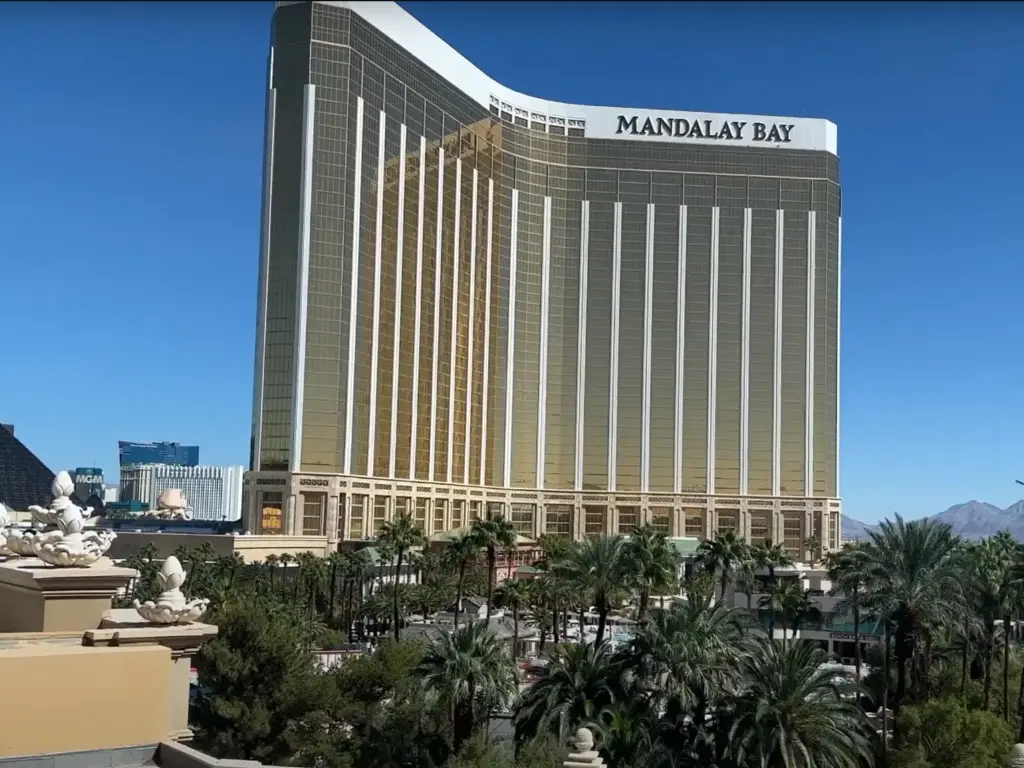
Trade show display is an essential means for brands to showcase their products, meet potential customers and partners, and raise their visibility in the market. Island booths, in particular, provide an exclusive and attractive booth space for businesses to connect with attendees and generate leads at trade show exhibits. However, an effective island trade show booth design requires careful planning, creativity, and attention to detail. In this ultimate guide to island booth design, we offer actionable tips and expert advice for creating a winning trade show booth design that stands out and delivers results. Whether you are first time attending a trade show exhibit or are a seasoned pro, this guide will help you design an impressive island trade show booth that captures your brand’s essence, engages visitors, brings unique benefits, and drives business success.
Key Design Elements of a Successful Island Booth Space Trade

Optimize Your Island Trade Show Booth Layout to Maximize Traffic Flow
One of the most critical aspects of an effective island trade show booth design is optimizing the layout to encourage traffic flow and visitor engagement. Consider creating multiple entry points and pathways through the four sides, allowing attendees to explore your island exhibits easily and interact with your products and services.
Utilize Bold Colors and Beautiful Graphics to Catch the Attention
Eye-catching colors and graphics can help draw attendees to your island exhibit and leave a memorable visual impression. Incorporate your brand’s colors and visual elements into your exhibit design idea to reinforce your brand identity and create beautiful graphics.
Incorporate Interactive Display Design for a Memorable Experience
Island booth spaces trade with interactive displays, such as touchscreens, virtual reality experiences, and product demonstrations, which can help engage attendees and deliver a memorable experience. By providing opportunities for hands-on interaction, you can encourage deeper connections with your brand and products.
Set a Welcoming Booth Space with Comfortable Seating
Providing comfortable seating areas within your booth can encourage visitors to linger and engage with your staff. This can lead to more in-depth conversations and connections, increasing the likelihood of generating leads and sales.
Utilize Digital Signage to Stimulate Visual Interest
Digital signage, such as LED screens and video walls, can add visual interest to your booth and help convey your brand message. Use dynamic content to showcase product features, customer testimonials, and promotional videos.
Incorporate Product Displays with Proper Lighting
Well-lit product displays can help showcase your products effectively and draw attention to their features and benefits. Consider using a combination of spotlights, ambient lighting, and backlit displays to illuminate your products.
Utilize Audio and Video Elements to Enhance the Experience
Incorporating audio and video elements into your booth design can help create a more immersive experience for attendees. Utilize background music, product demonstration videos, and live presentations to engage visitors and communicate your brand message.
Include a Private Meeting Space for One-on-One Interaction
A private meeting area within your booth can provide a quiet island booth space for in-depth conversations and negotiations with potential clients or partners. This dedicated space can help you build relationships and close deals during the trade show.
Incorporate Social Media to Foster Engagement and Interaction
Integrating social media elements into your booth design can help you connect with attendees both during and after the event. Encourage visitors to share their experiences at your booth on social media using branded hashtags or by tagging your company’s profile.
The Dos and Don’ts of Island Booth Design for Trade Show Display

keep a four sides island booth open, eye-catching, spacious and well-crafted. Have a clear theme and purpose to guide the experience. And avoid cluttering the booth with improper design ideas that detract from the overall impact. By following these dos and don’ts, you can create an island booth space with meaningful and memorable interactions for attendees.
Do:
•Keep an open and inviting island booth space.
Use minimal walls and barriers to allow easy access and visibility from all sides.
•Focus on eye-catching elements.
Incorporate things like multimedia displays, LED screens, interactive technologies, demonstrations, etc. to grab attention.
•Use vertical height and dimension.
Extend design elements up, out and over the booth space to give a sense of size and openness. Two-story or panoramic booths are impactful.
•Keep sightlines open.
Ensure any walls, fixtures or technologies do not impede views through and around the booth space. You want to show as much of the booth as possible from any vantage point.
•Use an engaging theme or storyline.
Having a cohesive theme that ties all the visual and interactive elements together gives a wonderful experience for visitors.
•Provide areas for private conversations.
While most of the booth should be open, including meeting space where attendees can sit down for a meeting or demonstration with a sales rep.
•Use high-quality, durable booth display design.
•Use high-quality, durable booth display design.
Island booths require materials that can withstand consistent handling and interaction over multiple show days without damage or wear and tear.
Don’t:
•Crowd the island booth space.
Do not try to fit too many display elements, technologies, or furnishings into the booth. An uncluttered, spacious feel should be maintained.
•Have too many closed-off areas.
While some private areas are good, too many walls, rooms or other visually-impeding structures make the booth feel cramped and hidden.
•Skimp on lighting.
Poor or uneven lighting makes a booth feel dark, uninviting and difficult to navigate. Use layered lighting for the best effects.
•Have bottlenecks.
Ensure the flow of the island booth space does not funnel all attendees into a narrow area. Wide walkways and multiple access points prevent overcrowding.
•Neglect the back of the booth.
The back and sides of an island booth are just as visible as the front. Continue the design and experience all the way around the booth.
•Use cheap or flimsy materials.
Low-quality materials, especially on the exterior of the booth, look unprofessional and become shabby over the course of an event.
•Have an unclear purpose or message.
Without a well-defined goal or message, a booth may seem confusing, forgettable or chaotic to visitors. Ensure all elements tie back to the overall theme.
Budgeting for Your Island Booth Space Design: What to Consider

When planning your island booth space, it’s essential to consider the various expenses associated with its design, construction, and operation. Some of the key budget considerations include:
• Island booth rental costs
Island booth requires much more available spaces, typically 400 square feet or more. This additional space results in higher booth fees, especially at larger shows.
•Custom island booth space design and build costs
Island booths are custom-designed standalone structures that require professional trade show exhibit design services and build costs. This can easily cost 50,000−500,000 or more for a large, multi-story island booth space.
•Professional setup and teardown services
The complexity of installing and dismantling an island booth space booth design requires hiring professional exhibit designers, contractors, and laborers which can cost 5,000−50,000 or more for a large booth space.
•Shipping and storage costs for booth display design
Transporting island booth rental, audiovisual equipment, and supplies to the show and then storing empty crates during the show incurs additional fees. This may require multiple trucks and storage units.
•Audiovisual equipment rental and setup
Island booth space design typically requires a higher level of audio, video, and lighting technology which results in greater equipment booth rental and connectivity costs.
•Staffing and travel expenses
To maximize the impact of an island booth, most companies require a larger staff and specialized personnel. This means higher costs for items like airfare, hotels, meals, and wages.
• Marketing and promotions
To drive strong traffic and buzz around an island booth, the extra investment is often needed for pre-show marketing, social media, press releases, and sponsorships.
•Premium furnishings
Island booths frequently incorporate upgraded flooring, furnishings, fixtures, and architectural elements to enhance the visitor experience which drives up costs.
For most companies, an island booth is a serious investment and not feasible without a solid ROI strategy and multi-year plan to leverage the assets. Careful budgeting, cost-sharing with partners, and smart exhibit design idea can help make an island booth financially viable. But there is no getting around the fact that it is usually the most expensive booth option at a trade show exhibit.
Conclusion
In summary, an effective island trade show booth display requires a significant investment of time, resources, and budget. However, when done well, the best island booths can be an incredibly impactful way to achieve your objectives at a trade show exhibit. By optimizing the layout of island booths, incorporating interactive and eye-catching elements, using proper lighting or hanging signs, and having a clear theme, you can leave a lasting impression in your industry.






